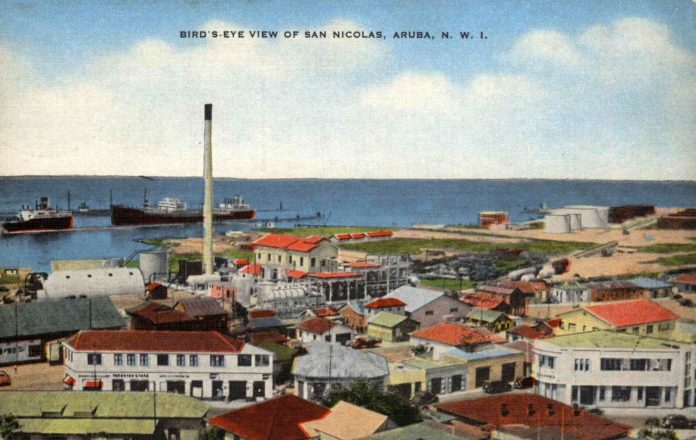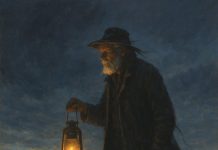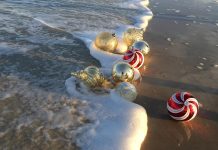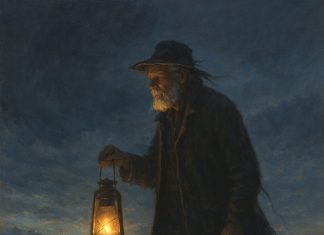Booking a magical glimpse inside Etnia Nativa
Article by Etnia Nativa call us 592 2702 and book your experience!
Etnia Nativa is a unique native gem where education meets entertainment, sharing interactive experiences with an exclusive few. Be part of an unparalleled private opportunity to tour a beautiful property made with reused materials collected by its owner, an unrivaled newspaper columnist, and an island cultural expert. Book your visit and dive deep into the navel of Aruba. In this new episode, it shares how the town of San Nicolas rose.
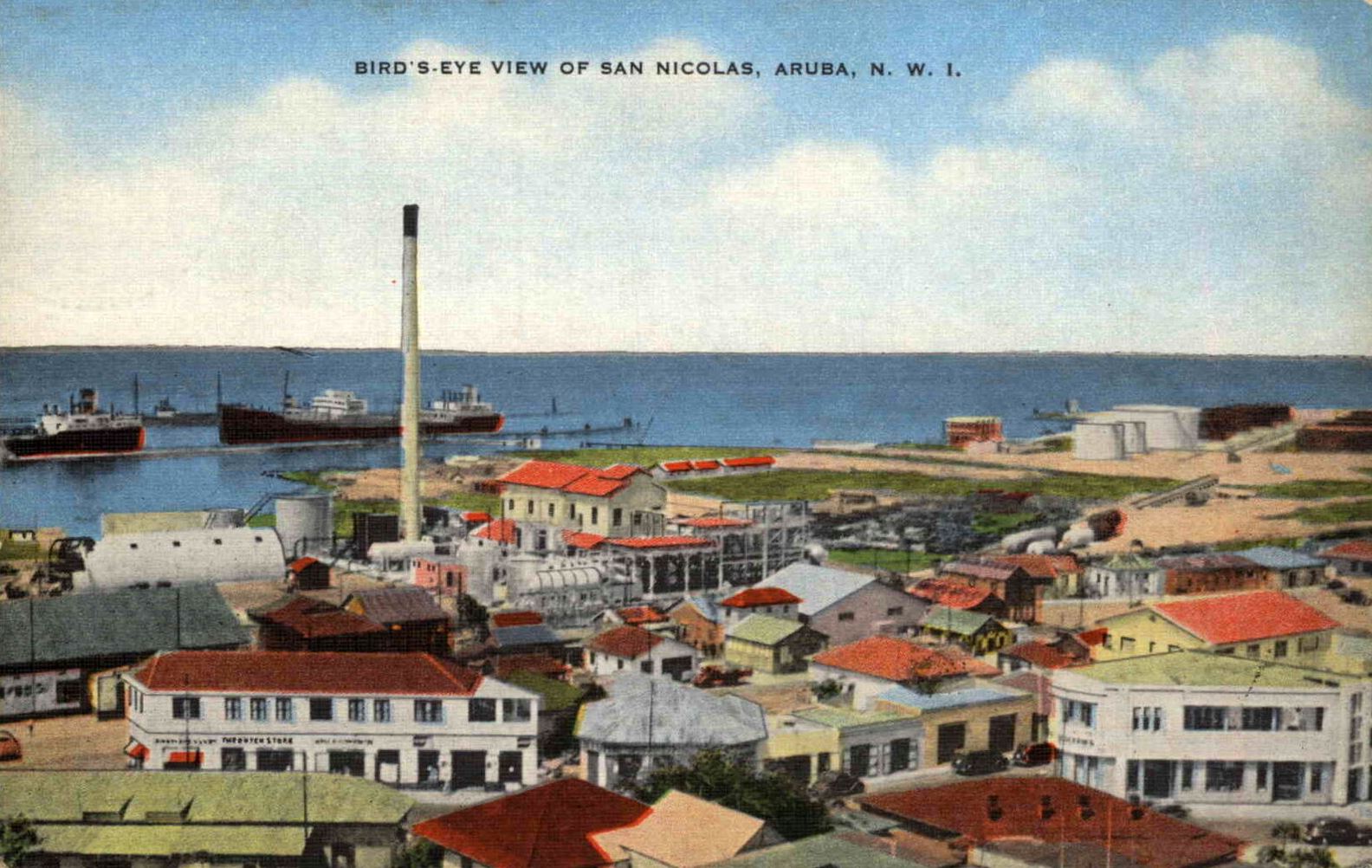
It all started in 1879 when the Aruba Phosphate Company was founded (see “Island Insight” episode XLI-41), way before the establishment of the oil industry when Aruba became the colony’s most important source of income. In other words, Aruba was the colony’s cash cow.
Back then, due to the extensive use of American agricultural lands, the soil nutrients were largely depleted, and farmers began to look for better fertilizers. It was then that the Aruba Phosphaat Maatschappij (Dutch name) became an important source of income for our island. Since money circulation had always been scarce on the island, the new industry had to put its own currency into circulation. Workers who earn their living elsewhere sent their wages in gold to the island.
Before the arrival of the Aruba Phosphaat Maatschappij, there was practically no San Nicolas; the few fishermen’s cabins assembled there could not yet pretend the villages’ name, but soon the small group of houses began rapidly to expand. To transport the guano to the port, a six-kilometer-long railway was built, from where it was shipped to the United States, England, France, and Germany to be processed in order to obtain a superphosphate to fertilize agricultural land. During that time is also when the Cero Colorado lighthouse was built. The prosperity of Aruba was becoming evident, and a new village bit by bit rose from the ground.
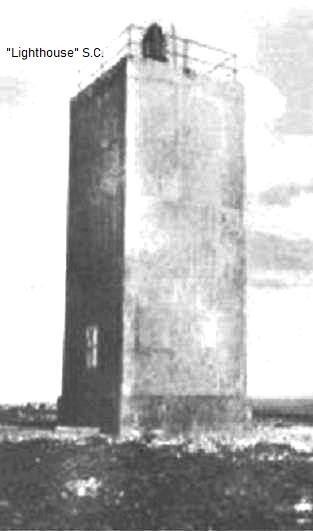
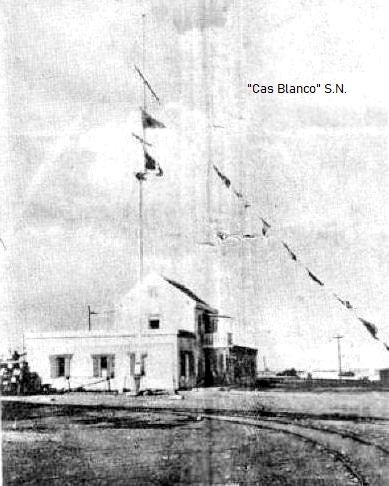
The oral tradition tells us three different theories of the origin of the name this village received, and all were related to Nicolas Croes van der Biest, a local landowner.
In those days, it was customary for workers to address their bosses by “Shon,” meaning “sir,” that was preceded by their first names, so Mr. Van der Biest was always called “Shon Nicolas,” which later became “San Nicolas.” Another version claims that the name San Nicolas arose from the date of transfer of land that Nicolas van der Biest had received from the government, which was the fifth of December, Saint Nicholas Day, but there is no written document to support this claim. While a third version claims that since Nicolas van der Biest lived in a large residence called “Cas Blanco,” meaning “White House,” he became popularly known as “Shon Nicolas” and referred to the same name to him out of respect.
The traffic between Oranjestad and San Nicolas was beginning to be constant, but heavy rains constantly damaged the road, causing the connection between the two small towns to be interrupted invariably near Savaneta; however, a few years later the road was “fully suitable for vehicles.”
When the phosphate company began to operate, it was difficult to find “local labors” due to the rival industry at that time, which was the mining of gold. Therefore, they brought forty men from our sister island Bonaire and approximately twenty bricklayers and carpenters from the bigger island of Curacao. The workers stayed in the phosphate mines neighborhood all week and slept in barracks that were provided by the company.
The harbor, situated on the leeward side of the island, was protected by the coral reef and was quite safe. Just getting in and out of it was difficult, but the company always had its own pilot and also its own tugboat to move the sailing ships that came to load up the phosphate into the harbor basin. Due to unfavorable results that threatened to worsen after WWII, Aruba Phosphaat Maatshappij ceased its activities in August 1914.
If you liked our native stories and are interested in learning the true identity of Aruba, a visit to Etnia Nativa would be a fantastic choice. It has been a trend setter since 1994, as a co-founder of projects such as Arikok National Park, the Archaeological Museum, and the Artisan Foundation, among others. Every week, this newspaper continues to share its valuable knowledge. Don’t miss the opportunity to feel the island’s spirit through learning real stories that are not just remembered; they resonate, they’re felt, and they stir souls. Book your visit: WhatsApp +297 592 2702 etnianativa03@gmail.com


